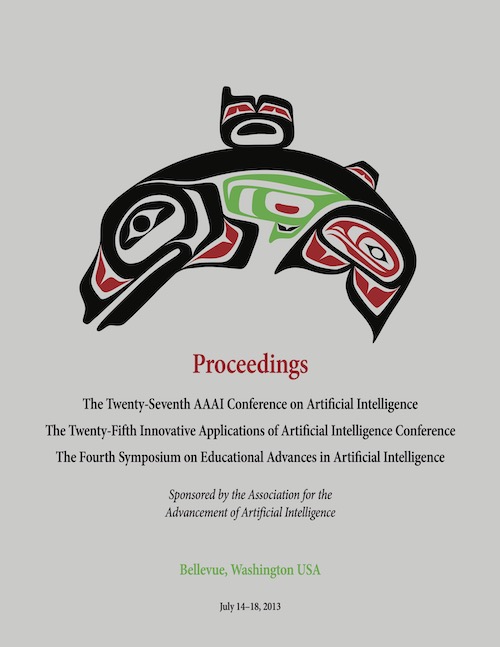Policies to Optimize Work Performance and Thermal Safety in Exercising Humans
DOI:
https://doi.org/10.1609/aaai.v27i2.18990Abstract
Emergency workers engaged in strenuous work in hot environments risk overheating and mission failure. We describe a real-time application that would reduce these risks in terms of a real-time thermal-work strain index (SI) estimator; and a Markov Decision Process (MDP) to compute optimal work rate policies. We examined the thermo-physiological responses of 14 experienced U.S. Army Ranger students (26±4 years 1.77±0.04 m; 78.3±7.3 kg) who participated in a strenuous 8 mile time-restricted pass/fail road march conducted under thermally stressful conditions. A thermoregulatory model was used to derive SI state transition probabilities and model the students’ observed and policy driven movement rates. We found that policy end-state SI was significantly lower than SI when modeled using the student’s own movement rates (3.94±0.88 vs. 5.62±1.20, P<0.001). We also found an inverse relationship between our policy impact and maximum SI (r=0.64 P<0.05). These results suggest that modeling real world missions as an MDP can provide optimal work rate policies that improve thermal safety and allow students to finish in a “fresher” state. Ultimately, SI state estimation and MDP models incorporated into wearable physiological monitoring systems could provide real-time work rate guidance, thus minimizing thermal work-strain while maximizing the likelihood of accomplishing mission tasks.

